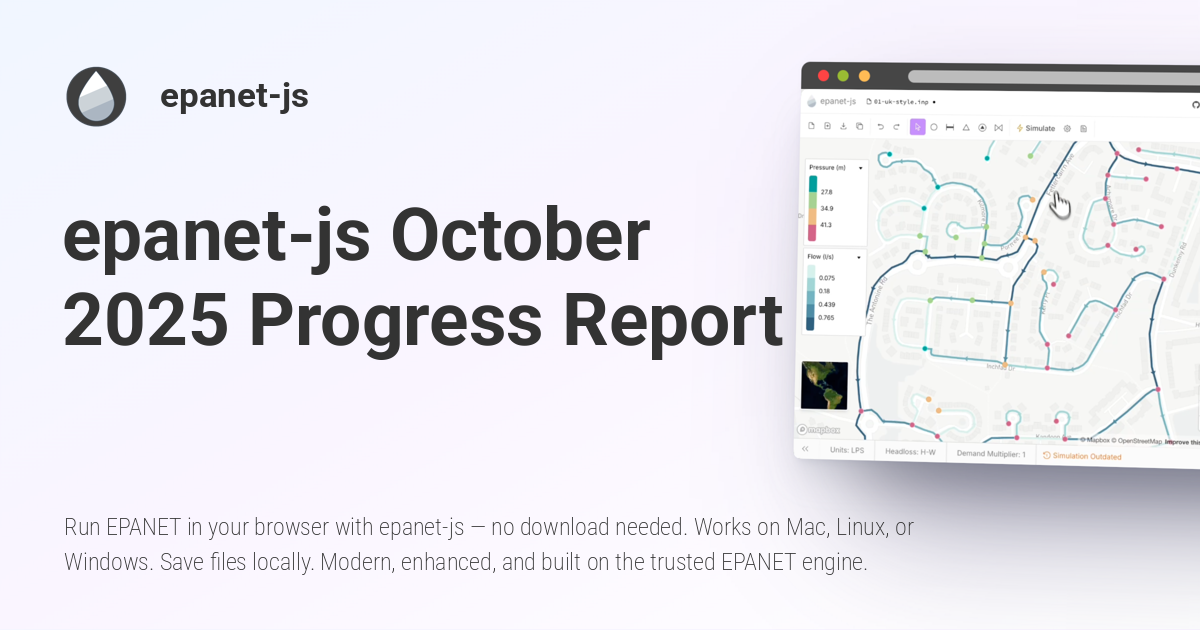Wednesday, October 22, 2025
Posted by rafaelfranca
Rails 8.1 represents the work of over 500 contributors across 2500 commits since our last major release. After some weeks of people trying the betas and releases candidates, we are excited to share the final release.
This release shows the stability of Rails, with applications like Shopify and HEY running it in production already for months.
Here are a few of the highlights:
Active Job Continuations
Long-running jobs can now be broken into discrete steps that allow execution to continue from the last completed step rather than the beginning after a restart. This is especially helpful when doing deploys with Kamal, which will only give job-running containers thirty seconds to shut down by default.
Example:
Active Job Continuations was lead by Donal McBreen from 37signals.
Structured Event Reporting
The default logger in Rails is great for human consumption, but less ideal for post-processing. The new Event Reporter provides a unified interface for producing structured events in Rails applications:
It supports adding tags to events:
As well as context:
Events are emitted to subscribers. Applications register subscribers to control how events are serialized and emitted. Subscribers must implement an #emit method, which receives the event hash:
Structured Event Reporting was lead by Adrianna Chang from Shopify.
Local CI
Developer machines have gotten incredibly quick with loads of cores, which make them great local runners of even relatively large test suites. The HEY test suite of over 30,000 assertions used to take over 10 minutes to run in the cloud when counting coordination, image building, and parallelized running. Now it runs locally on a Framework Desktop AMD Linux machine in just 1m 23s and an M4 Max in 2m 22s.
This makes getting rid of a cloud-setup for all of CI not just feasible but desirable for many small-to-mid-sized applications, and Rails has therefore added a default CI declaration DSL, which is defined in config/ci.rb and run by bin/ci. It looks like this:
The optional integration with gh ensures that PRs must be signed off by a passing CI run in order to be eligible to be merged.
The local CI work was lead by Jeremy Daer from 37signals.
Markdown Rendering
Markdown has become the lingua franca of AI, and Rails has embraced this adoption by making it easier to respond to markdown requests and render them directly:
Command-line Credentials Fetching
Kamal can now easily grab its secrets from the encrypted Rails credentials store for deploys. This makes it a low-fi alternative to external secret stores that only needs the master key available to work:
Work by Matthew Nguyen from Shopify and Jean Boussier.
Deprecated Associations
Active Record associations can now be marked as being deprecated:
With that, usage of the posts association will be reported. This includes explicit API calls like
and others, as well as indirect usage like
usage via nested attributes, and more.
Three reporting modes are supported (:warn, :raise, and :notify), and backtraces can be enabled or disabled, though you always get the location of the reported usage regardless. Defaults are :warn mode and disabled backtraces.
Upstreamed by Xavier Noria while consulting for Gusto.
Registry-Free Kamal Deployments
Kamal no longer needs a remote registry, like Docker Hub or GHCR, to do basic deploys. By default, Kamal 2.8 will now use a local registry for simple deploys. For large-scale deploys, you’ll still want to use a remote registry, but this makes it easier to get started and see your first Hello World deployment in the wild.
And Everything Else
With 2500 commits since the last release, there’s a ton of fixes, minor features, and improvements included in Rails 8.1 as well. Please have a look at the CHANGELOG files for details.
.png)




